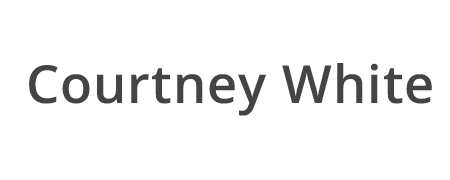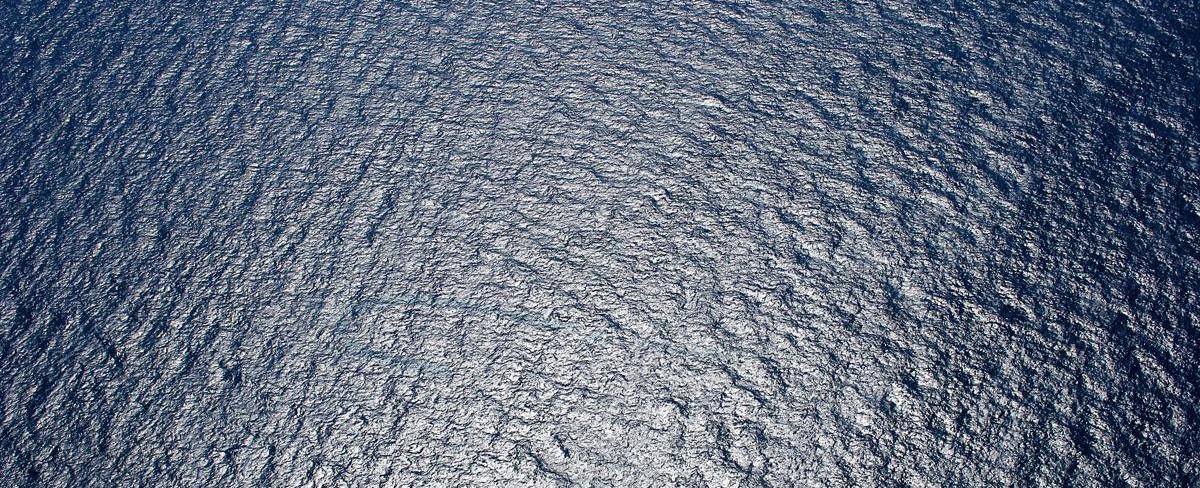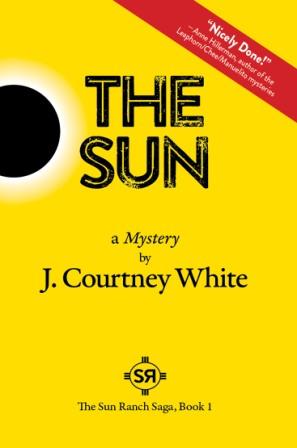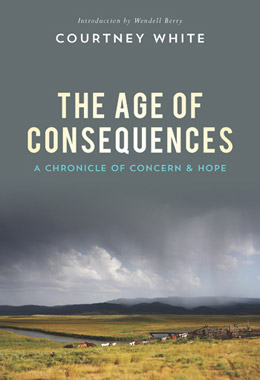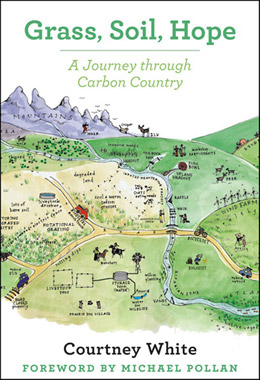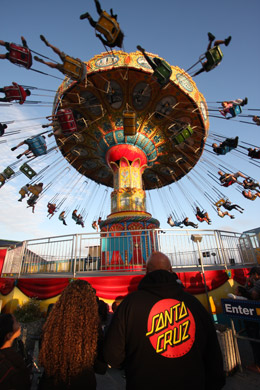Unpath’d Waters: a series of books about leaving our precedented world.
As the presidency of Donald Trump and the recent record-breaking heat waves demonstrate, we live in unprecedented times. I experienced it first-hand on the afternoon of July 25th, 2019, while traveling on a train from Berlin to Prague on a day that obliterated heat records across Europe. By the end of the overheated trip, I realized that the world had crossed a threshold from the ‘precedented’ one that I had lived in all my life into the ‘unprecedented future’ that a forest ecology friend of mine always said was coming.
It wasn’t just a theory anymore, it was here.
This series was sparked by an anguished question from our eight-year old daughter over breakfast one day in late 2007. Listening to a report on the radio about climate change, she asked: Are all the polar bears going to die? We reassured her they wouldn’t and she trooped off to school. Her anguish sank into me, however. What if the polar bears did die off? What if she never got to see one in the wild, ever? Worse, how do you explain to your children what we’ve done to the planet – their planet – over the past sixty years as a consequence of our hard partying? How do you explain to them not only our actions but our inaction as well? Children can see the trouble coming for themselves. When they ask, what do we say?
As a parent and a writer, the anguish embedded in these questions created a strong desire to do something. At the very least, I wanted to document what I was witnessing so our children and their cohort could get a sense of why we did what we did – or didn’t do – as a society. Hopefully, I would be documenting how we managed to solve our problems and turn things around. If we failed, however, I was certain that future generations would ask their own anguished (and angry) questions. So, on Earth Day, 2008, I began a journey of essay writing, blending headlines with observation, travel and research into chronological installments which I posted on my web site.
In 2015, Counterpoint Press published a selection of these essays along with others I had written about collaborative conservation and progressive ranching (part of my day job) in a book titled The Age of Consequences: A Chronicle of Concern and Hope.
My journey continued. I resolved to find hopeful answers to anguished questions about food, water, and climate change. In 2010, I discovered a very hopeful answer involving soil carbon. This became Grass, Soil, Hope: a Journey Into Carbon Country published by Chelsea Green Press. My voyage kept going. In 2012, the carbon dioxide content of the atmosphere surpassed 400 ppm (parts-per-million) for the first in time in three million years – longer than humans have been on earth. Scientists warned that crossing this symbolic but critical threshold would lead to unprecedented conditions and limit our ability to maintain a habitable climate. In late 2015, just as the United Nations Climate Summit in Paris was taking place, we crossed the 400 ppm threshold. This crossing is recounted in The Threshold: Leaving Our Precedented Past (to be written).
Next, I wrote Consilience, a novel set shortly after The Threshold, followed by the first installment of the Sun Ranch Saga, a mystery series (set in 2008-09).
All of these books examine the transition from the ‘precedented’ world that I grew up in to the very uncertain and perilous future now taking shape.
In The Winter’s Tale, one of Shakespeare’s last plays, nobleman Camillo warns young lovers Florizel and Perdita against recklessly pursuing “unpath’d waters, undream’d shores.” They should stick close to home instead, he insists, and play it safe – advice the lovers accept. We didn’t play it safe, however. We have chosen to sail directly into our unprecedented future. That’s why I’ve decided to group these books under a series title: Unpath’d Waters.
I don’t know where we are going – no one does really – and I don’t know what we will find ultimately in this unprecedented new world, but I suspect my experiences during this time as well as hopeful practices and strategies that I discovered along the way would be useful to readers (for more see ACTION). To that end, I’ve arranged the books chronologically and I would encourage readers to follow their path for a full expression of this important transition.
I took photographs too. They are documented under the title This Moment In Time.



